Neck pain often involves muscles and fascia, with multiple interconnected pain generators. For example, multiple myofascial trigger points in the trapezius muscle can lead to abnormal tension in its deep fascia, irritating the spinal roots that pierce the fascia at that level. Because each pain generator can influence others, it is difficult to pinpoint whether the pain originates from muscle, fascia or nerves.
Some doctors attempt to diagnose cervical neck pain with MRI, but that is almost always a waste of time, except in rare cases of radicular symptoms, such as numbness and tingling in the fingers. Even then, radiating radicular pain often involves the peripheral nerves, which cannot be examined with MRI. Patients often end up going from scan to scan, and from doctor to doctor, without resolving their neck pain.
For diagnosing neck pain, ultrasound is a superior imaging modality because most cervical pain is neuro myofascial in nature, and we need to image peripheral nerves, brachial plexus nerves, shoulder nerves, as well as trigger points in the neck and thoracic spine. We also need to examine fascia. Ultrasound is the only modality that allows us to examine all of those areas in a single exam while viewing the structures in motion — something that cannot be done with Xray or MRI. At NYDNRehab, we use the highest resolution ultrasound imaging to view the structures of your neck, shoulders and upper spine in real time. Your ultrasound exam takes place right in our clinic, so there’s no wait time for lab results. Treatment often commences on the same day as your ultrasound session.
When diagnosing your condition, we look at the whole person, not just the part that hurts. Only after we learn more about your activities, lifestyle, health history and other factors do we begin our diagnostic process. You may undergo ultrasound imaging, postural evaluation, gait analysis and other assessments until we pinpoint exactly what is going on. Once we get to the source of your problem, we design a custom treatment plan especially for you, based on your unique patient profile.


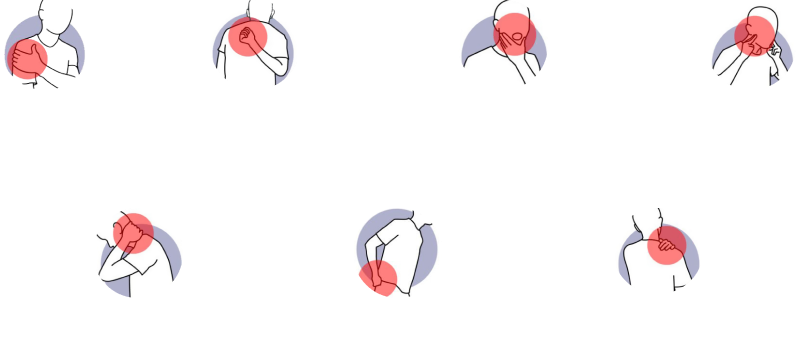
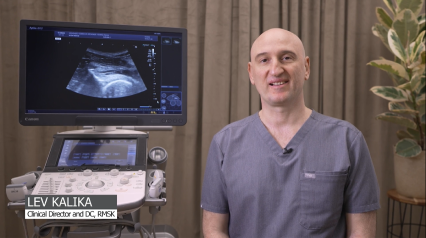
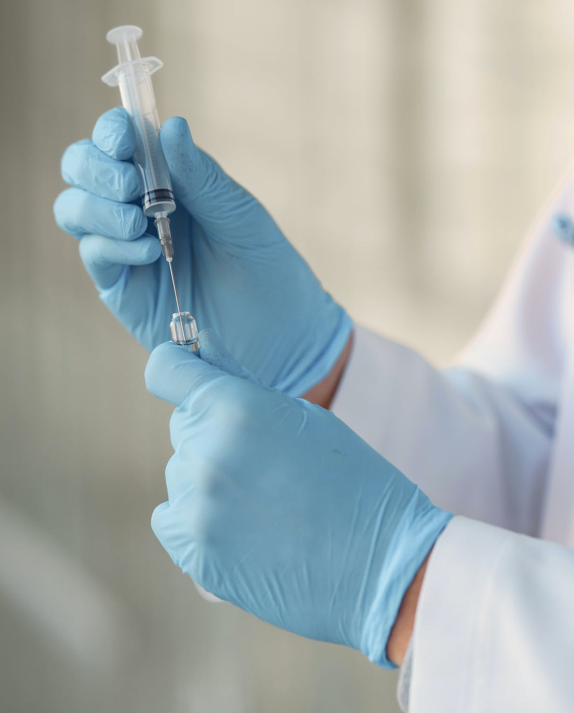
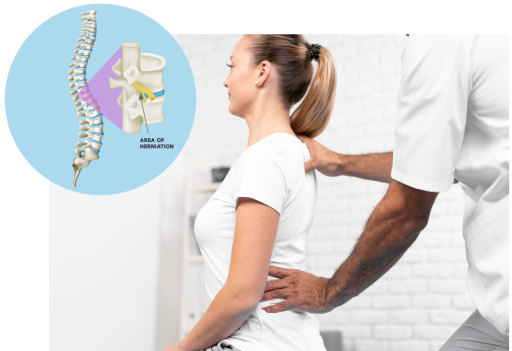
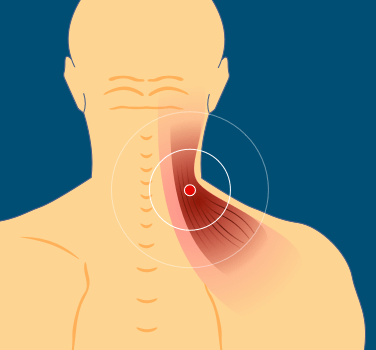
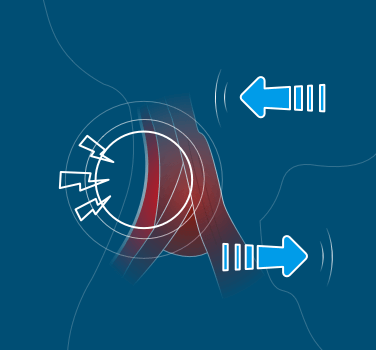
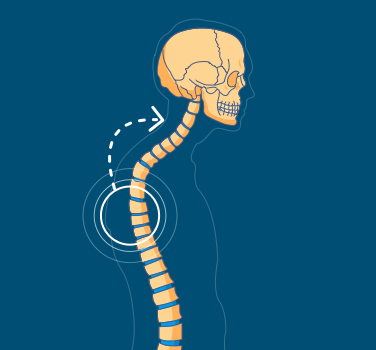
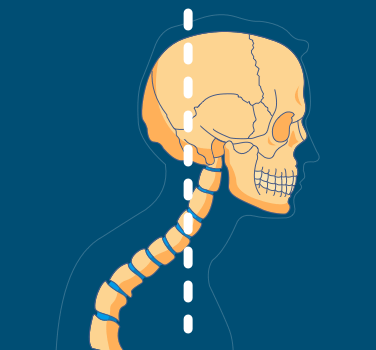
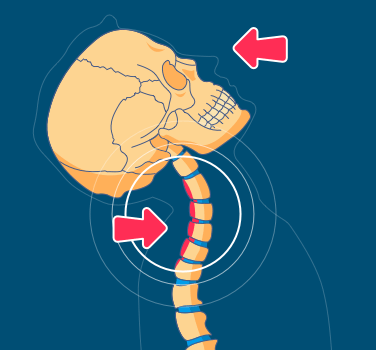
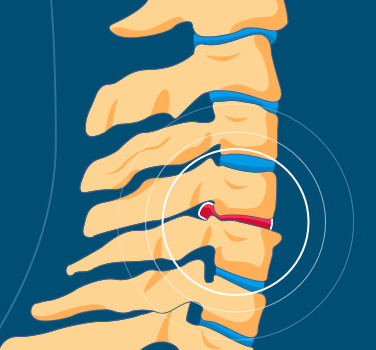
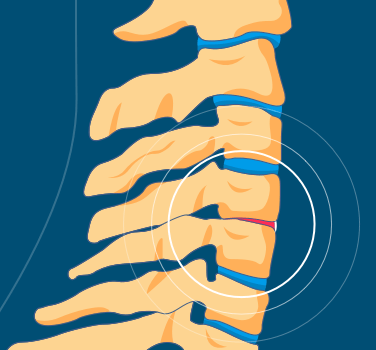
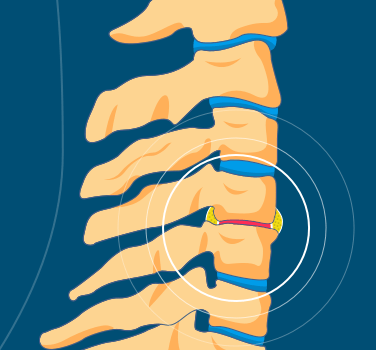
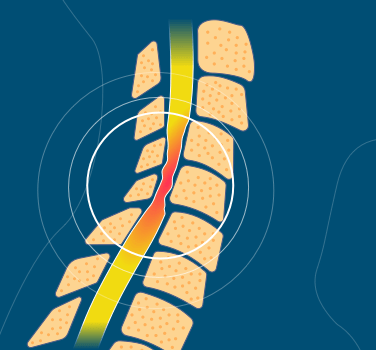









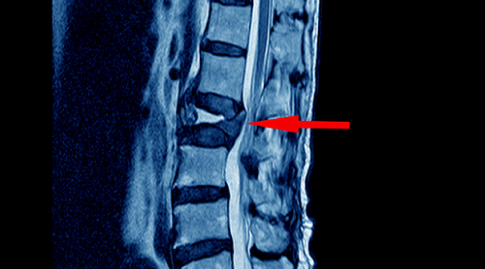
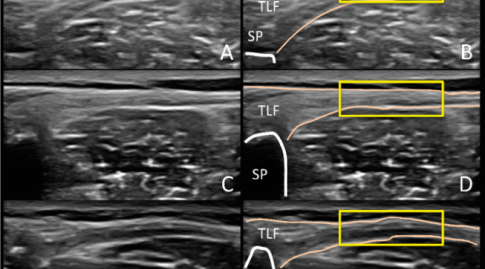
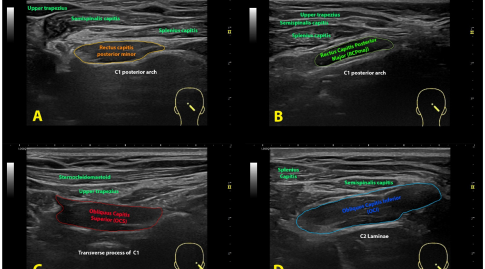
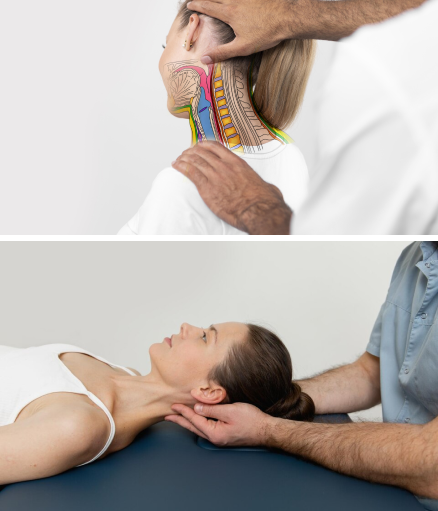
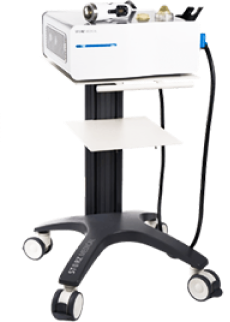
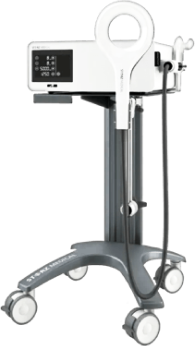
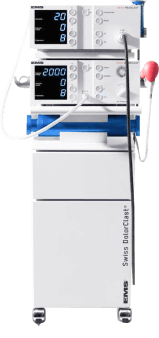
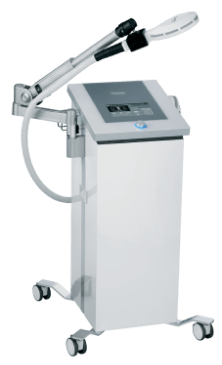
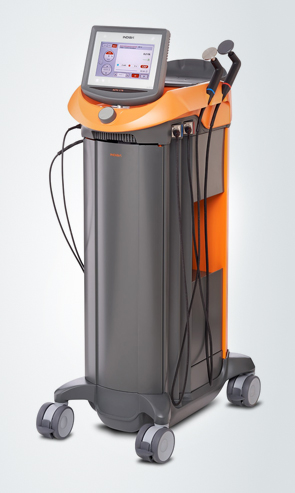
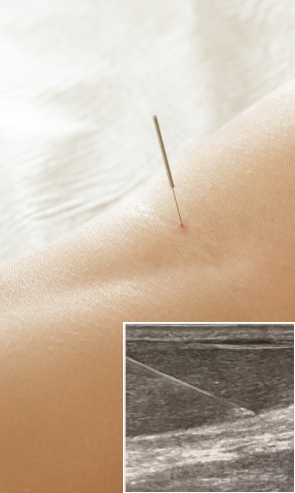

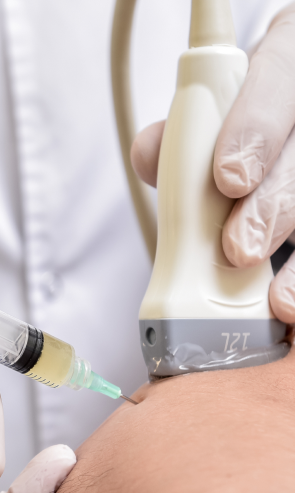
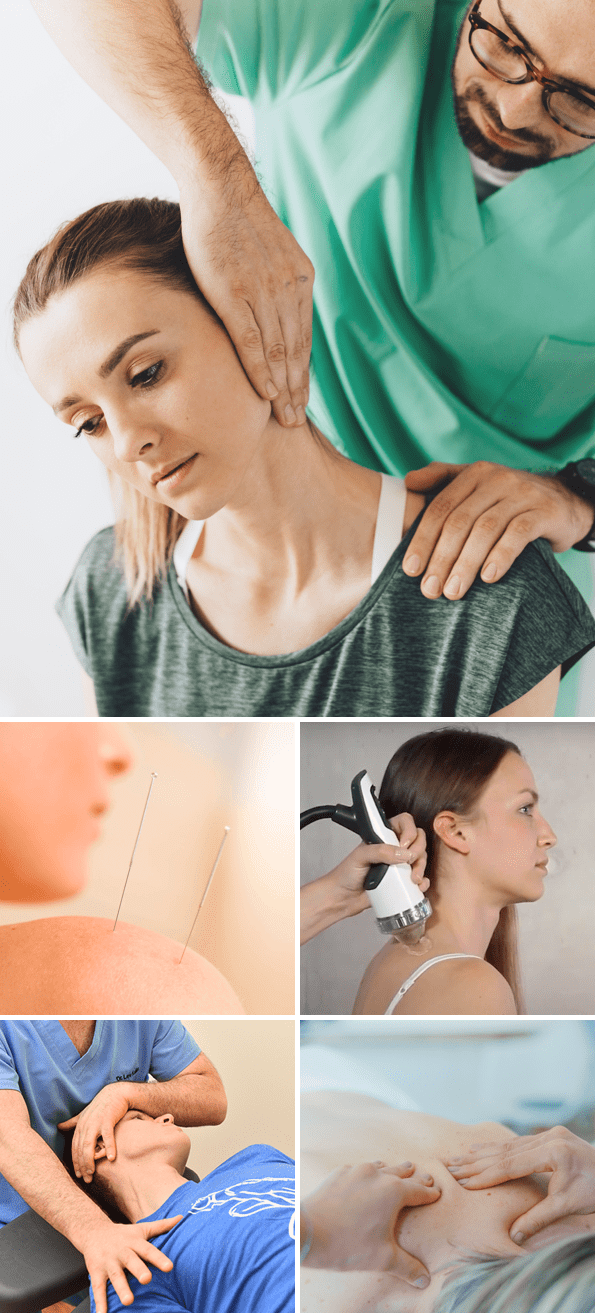
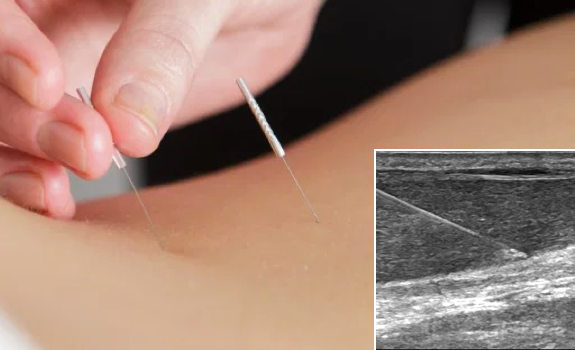
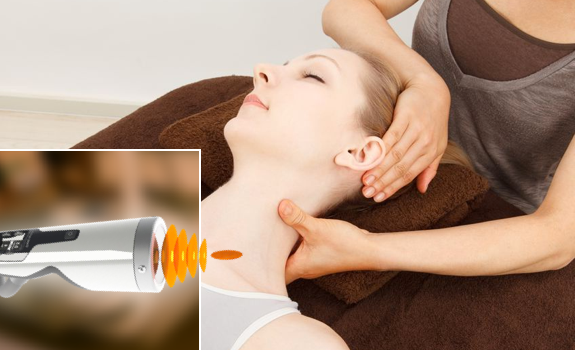




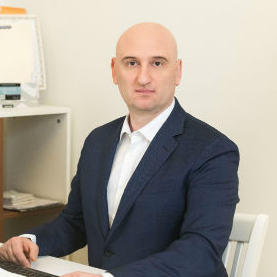




























 Dr. Yuri Brosgol
Dr. Yuri Brosgol  Dr. Michael Goynatsky
Dr. Michael Goynatsky 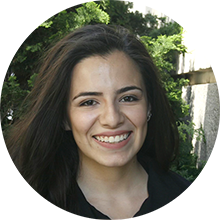 Dr. Daniela Escudero
Dr. Daniela Escudero  Dr. Michelle Agyakwah
Dr. Michelle Agyakwah  Dr. Tatyana Kapustina
Dr. Tatyana Kapustina 

























